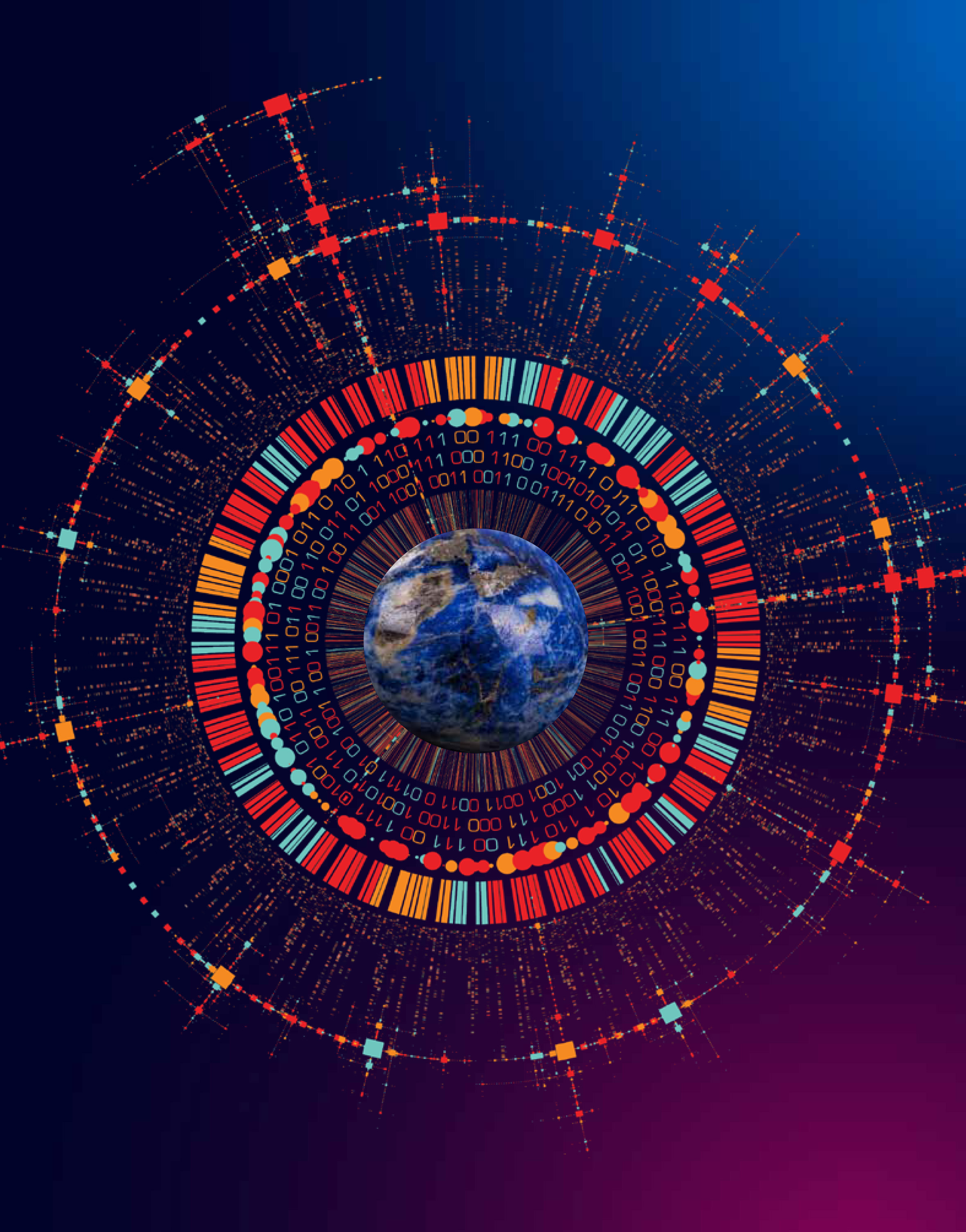
Modern life is unthinkable without networks. A special feature of networks is that each of them has a set of priority nodes with considerably more connections than the others. These nodes can be plotted spatially and represented on a map. Technological progress has revalued the importance of geography, which helps to reveal the central nodes and patterns of air transport, knowledge, university cooperation.
In addition to geographical nodes, spatial flows are also becoming increasingly important. Manuel Castells argues that instead of the previously established geographical approach of “space of places", the "space of flows" approach to real processes is becoming justified. At the same time, the international economy is changing unevenly, meaning that geographical differentiation is more pronounced than ever. A complex spatial structure is taking shape, in which the global economy can be seen as more of a multipolar system.

As Parag Khanna puts it, competitive interconnectivity is the most important geopolitical driver of our time. Thus, by looking at spatial morphology, interconnectivity has become a new world paradigm, and our existing maps can be expanded to include the symbols of transmission lines, highways, rail networks, internet cables and aeroplane routes – symbols of a global network society. According to Khanna, the changing nature of geopolitical competition is complemented and transformed into a struggle for the interconnectivity of supply systems.
The author is a geographer and Chairman of the Board of Trustees of the Pallas Athene Domus Meriti Foundation and the John von Neumann University Foundation